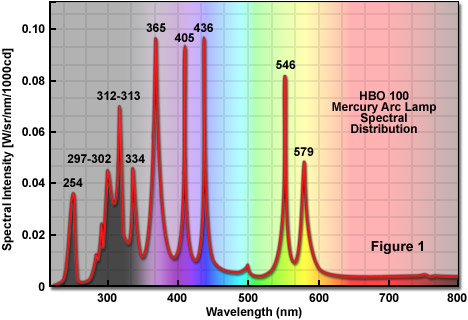- Joined
- Oct 26, 2007
- Messages
- 5,438
- Points
- 83
I've read that UV light can bleach organic dyes if applied in strong quantities. However, I don't know what wavelengths are appropriate for this kind of bleaching. There are UV-A (400-315nm), -B (315-280nm), and -C (280-100nm) sources for UV light but which is most effective in general? Could it even be done (effectively) with a 405nm violet laser?
If anybody knows, can you please chime in on this subject.
If anybody knows, can you please chime in on this subject.






